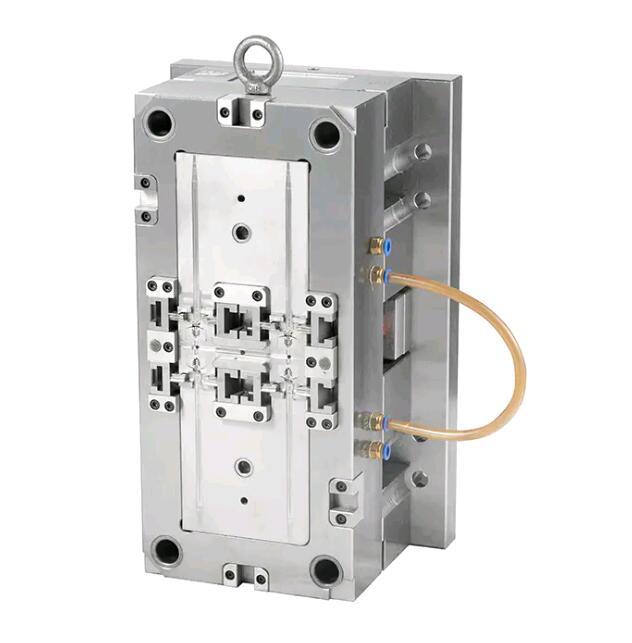The Evolution of Cable Tie Moulds: A Manufacturing Game Changer
A cable tie mould is a precision-engineered tool designed to produce cable ties by injecting molten plastic material into a cavity that defines the shape of the tie. After cooling and solidification, the formed cable tie is ejected from the mould, ready for trimming and packaging. The mould’s design and quality have a direct impact on the dimensional accuracy, mechanical strength, surface finish, and overall performance of the cable ties produced.
Cable tie moulds are typically made from hardened steel or high-grade aluminum, materials chosen for their durability, thermal conductivity, and resistance to wear. These moulds must withstand repeated cycles of high pressure and temperature without degradation, ensuring consistent product quality over extended production runs.
Cable tie moulds require high precision in their cavity and core design. Since cable ties must fit tightly around cables and withstand tensile forces, any dimensional deviation can affect performance. The mould’s cavity is meticulously designed to match the exact specifications of the cable tie, including the length, width, locking head, and serration pattern.
Advanced computer-aided design (CAD) and computer-aided manufacturing (CAM) technologies are often employed to achieve the necessary precision. This results in moulds that can produce cable ties with consistent dimensions and reliable locking mechanisms.
The choice of mould material greatly influences performance and longevity. Hardened steel moulds are favored for their wear resistance and ability to maintain tight tolerances during high-volume production. Aluminum moulds, while less durable, may be used for prototyping or short production runs due to their lower cost and faster machining times.
Surface treatments such as nitriding or chrome plating can be applied to steel moulds to further improve hardness and reduce friction, leading to longer service life and smoother ejection of finished parts.
Efficient cooling channels within the mould are essential to control the solidification rate of the plastic. Uniform cooling prevents warping, shrinkage, and internal stresses in the cable ties, which can compromise mechanical strength.
Well-designed cooling systems reduce cycle times, increasing production efficiency and lowering energy consumption. Optimized cooling also improves surface finish quality, producing cable ties with smooth and consistent appearances.

https://www.automobiletiemould.com/product/automobile-cable-tie-mold/cold-runner-automobile-cable-tie-frame-mold-thread-head-cedar-tree-type-automobile-tie.html
Precision control of molds and accessories
Precision of the whole mold can reach 0.005mm Discharge machining accuracy tolerance up to 0.003mm
Precision of molding injection products can reach 0.02mm Discharge clear angle up to 0.01mm
Mould life time 2 million times Mirror discharge finish up to Ra0.2
Mould material hardness 30-90HR Basic precision of Sardick wire-cutting jogging wire 0.005mm
Precision of flat grinding can reach 0.001mm Parallel, perpendicular, and straightness of the wire can be achieved 0.002mm
Cumulative tolerance of grinding 100 pieces in batch 0.01mm CNC machining accuracy 0.005mm
Grinding precision of tungsten steel parts 0.002mm CNC machining concentricity 0.002mm
- Art
- Causes
- Crafts
- Dance
- Drinks
- Film
- Fitness
- Food
- Giochi
- Gardening
- Health
- Home
- Literature
- Musica
- Networking
- Altre informazioni
- Party
- Religion
- Shopping
- Sports
- Theater
- Wellness


